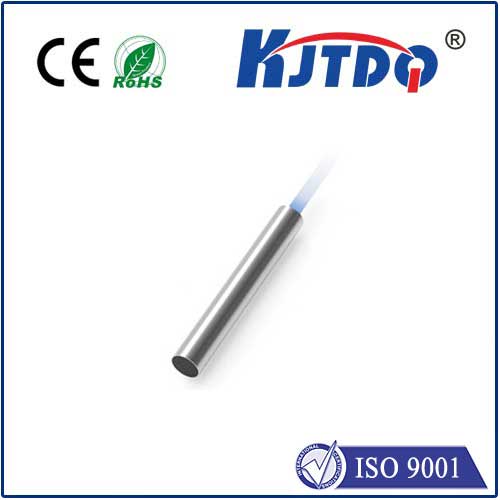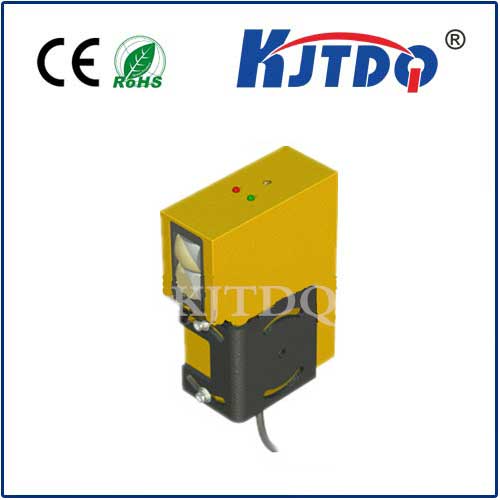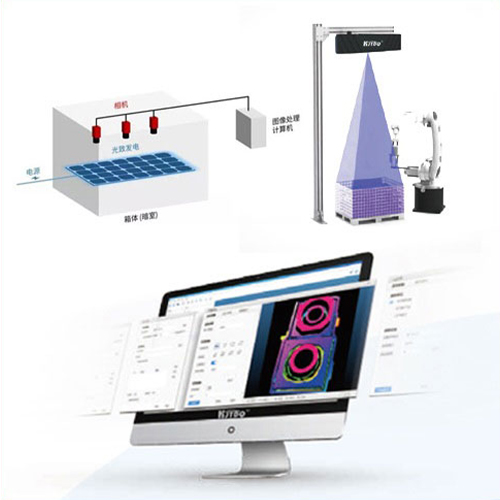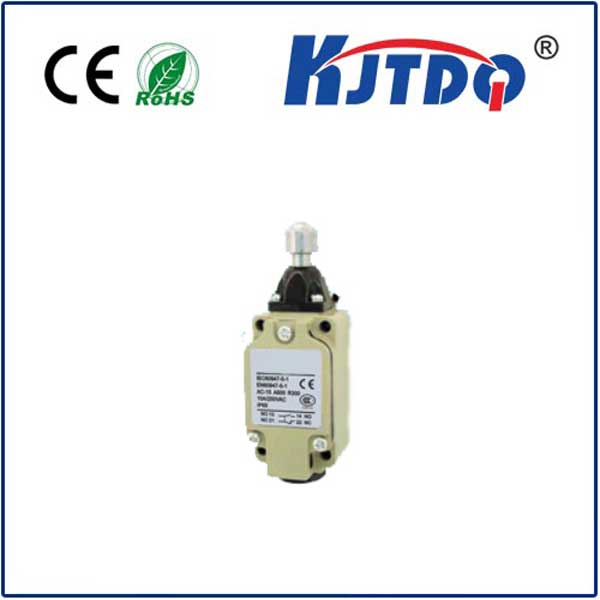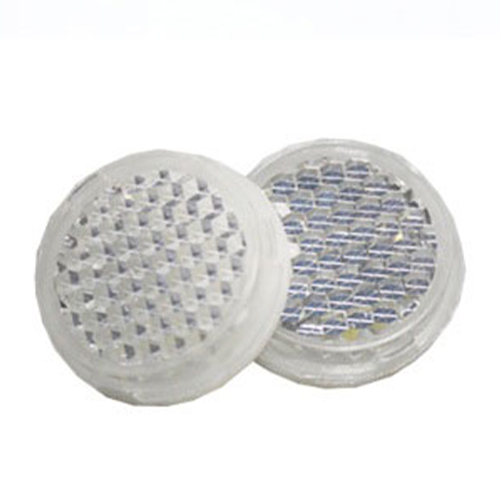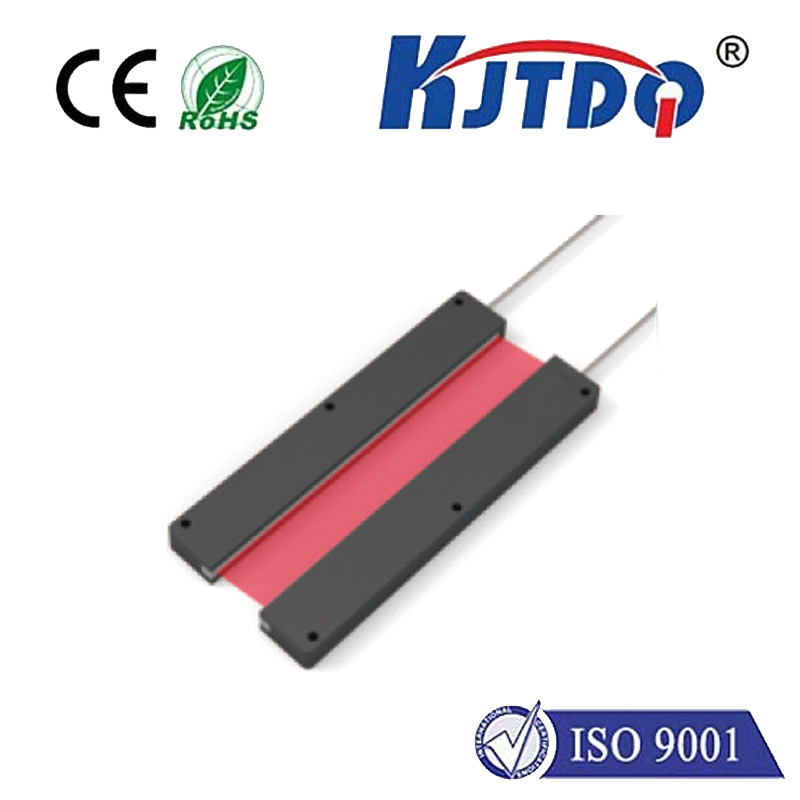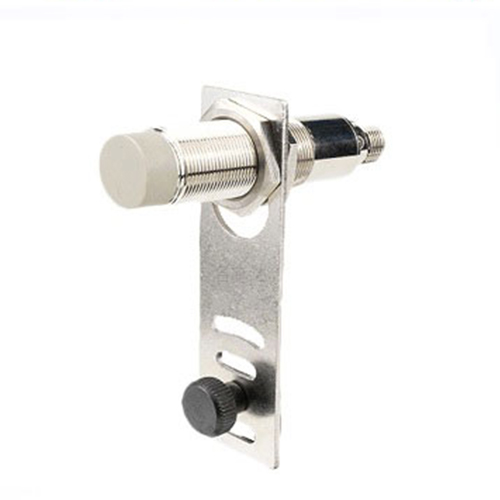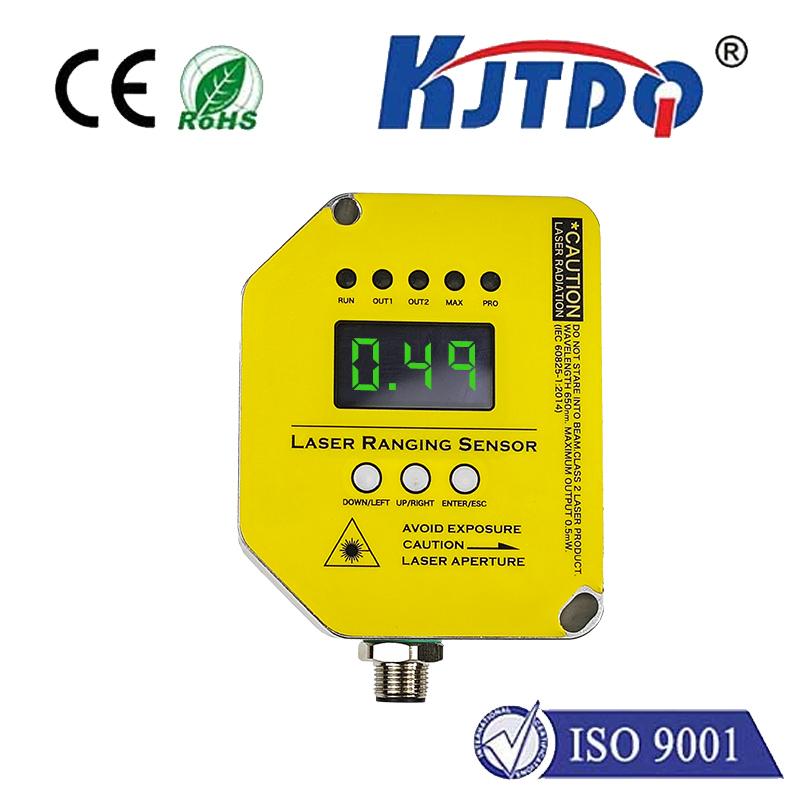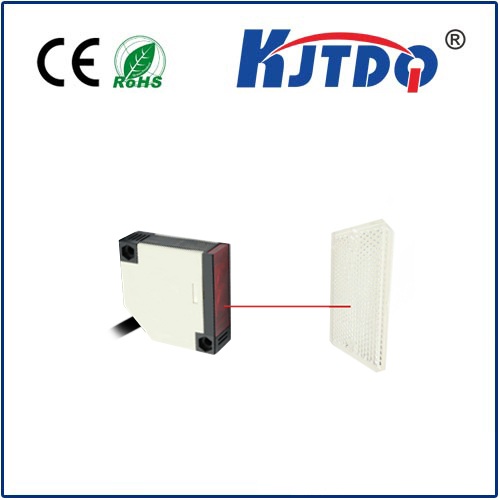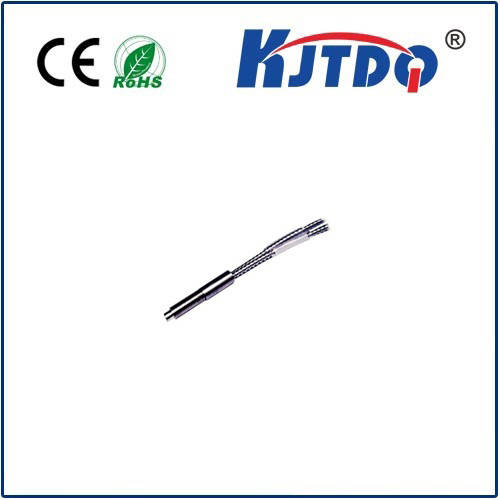

check

check

check

check

check

check

check

check

check

check
Title: Low Temperature Limit Switch: An Essential Component for Efficient Equipment Operation
Introduction:
In industrial settings, ensuring the safe and efficient operation of machinery is crucial. One key component in achieving this is the low temperature limit switch. This device helps protect equipment from damage caused by extreme temperatures and ensures consistent performance even in harsh conditions. In this article, we will explore the significance of low temperature limit switches and their role in maintaining optimal equipment operation.
Section 1: Understanding Low Temperature Limit Switches
A. Definition and Function
The low temperature limit switch is a safety device that monitors the temperature inside a machine or system. It triggers an alarm or shutdown if the temperature reaches a specified threshold, preventing potential damage to the equipment and personnel.
B. Types of Low Temperature Limit Switches
1. Mechanical Switches: These switches use mechanical components, such as plungers or cams, to signal when the temperature reaches the set limit. They are typically simple and inexpensive but can be prone to wear and tear over time.
2. Electronic Switches: These switches use electronic components, such as sensors or microprocessors, to detect changes in temperature. They offer greater accuracy and reliability than mechanical switches but may be more expensive.
3. Microswitches: These specialized switches are designed for high-speed applications and offer quick response times. They are often used in critical environments where timely detection is essential.
C. Applications of Low Temperature Limit Switches
Low temperature limit switches are commonly used in various industries, including HVAC (heating, ventilation, and air conditioning), automotive, food processing, pharmaceuticals, and electronics manufacturing. They help ensure the safe and efficient operation of these industries' equipment by monitoring temperatures and preventing damage caused by extreme temperatures.
Section 2: The Importance of Low Temperature Limit Switches in Ensuring Equipment Safety
A. Preventing Equipment Damage
At high temperatures, materials and components can deteriorate rapidly, leading to costly repairs or replacements. Low temperature limit switches help prevent this by detecting and triggering an alarm or shutdown when the temperature reaches a specified threshold, allowing for timely maintenance or repair.
B. Protecting Personnel
Extreme temperatures can pose a risk to human health and safety. Low temperature limit switches alert operators when equipment is running at high temperatures, providing an opportunity to take necessary precautions and prevent accidents.
C. Maximizing Equipment Efficiency
By preventing equipment damage caused by high temperatures, low temperature limit switches help prolong equipment life and minimize downtime. This leads to increased productivity and reduced operational costs for businesses.
Section 3: Choosing the Right Low Temperature Limit Switch for Your Application
A. Factors to Consider
When selecting a low temperature limit switch, consider the following factors:
1. Application type: Different industries have specific temperature ranges that require different types of switches. Choose a switch suitable for your application's requirements.
2. Operating environment: Consider the environmental conditions where the equipment will be used, such as humidity, dust, or vibration, as these can affect the switch's performance.
3. Type of control (manual or automatic): Some low temperature limit switches come with manual controls, while others are automated via built-in sensors or software interfaces. Choose a control method that best fits your operational needs.
4. Cost: Consider the upfront and ongoing costs of different types of switches, including installation, maintenance, and replacement parts. Choose a solution that offers value for money without compromising safety or efficiency.
B. Tips for Proper Installation and Maintenance of Low Temperature Limit Switches
1. Ensure proper wiring connections: Follow manufacturer instructions when installing and connecting low temperature limit switches to avoid electrical hazards or incorrect functioning.
2. Regular inspection and testing: Conduct routine inspections and testing of low temperature limit switches to ensure they are working correctly and promptly replace any faulty switches.
